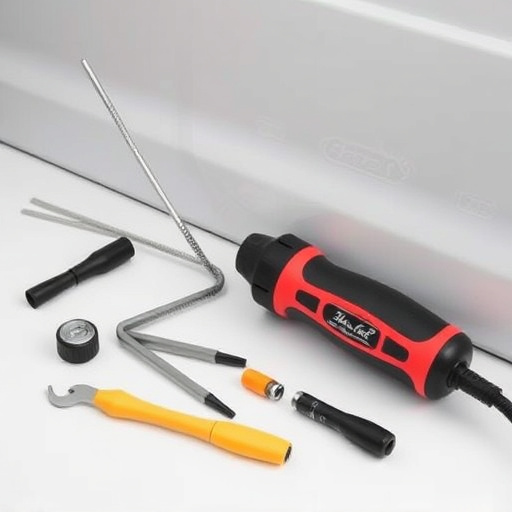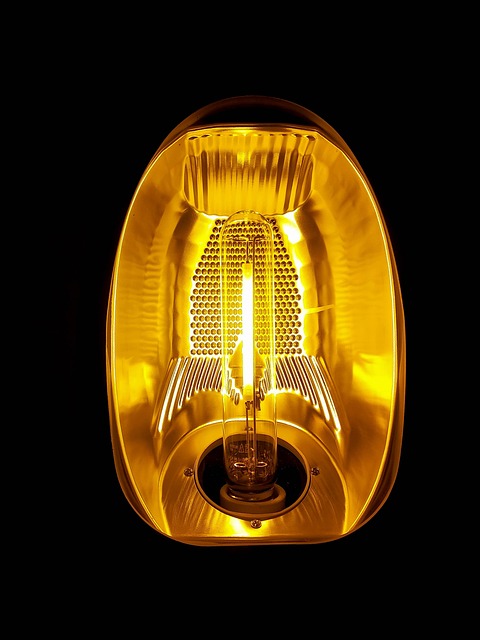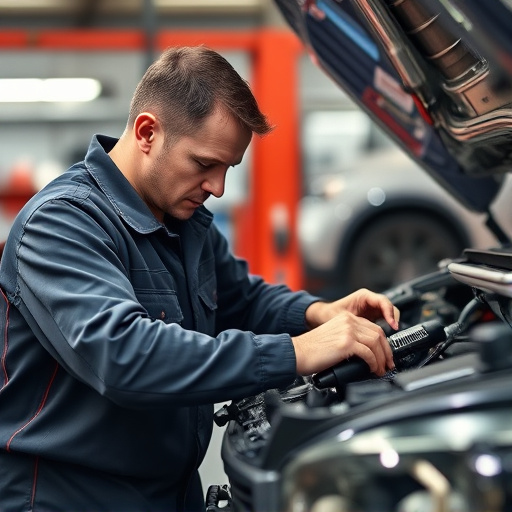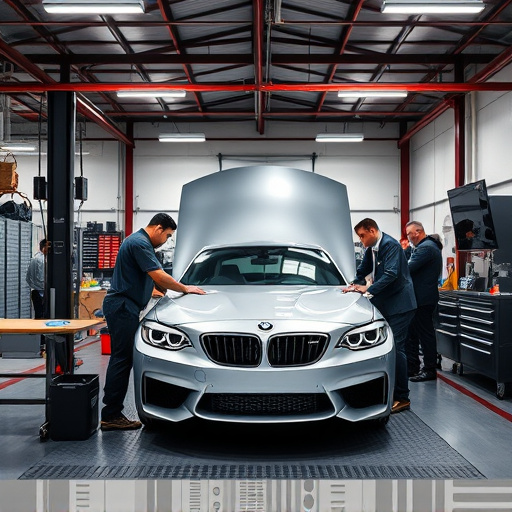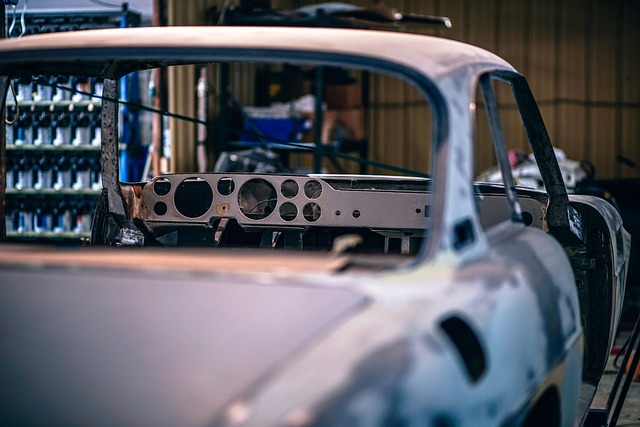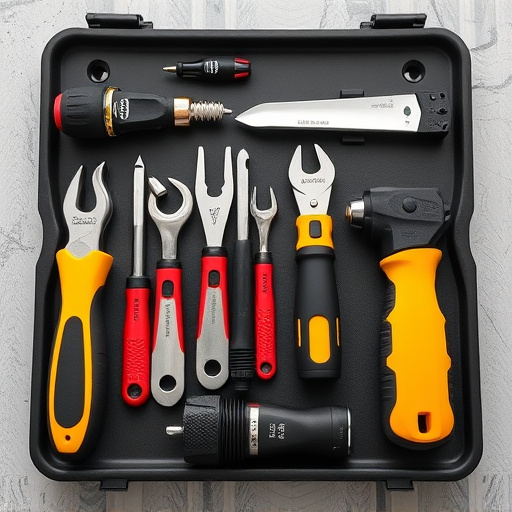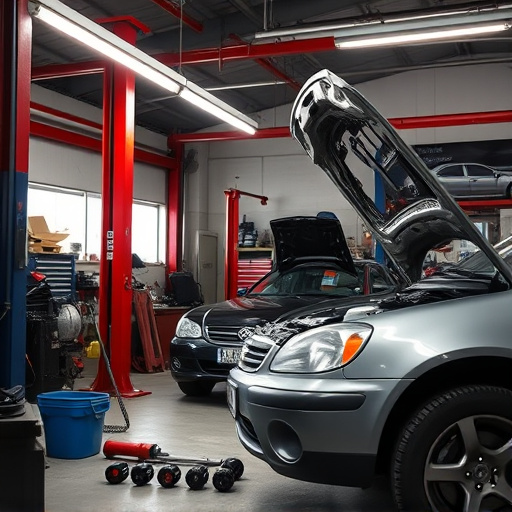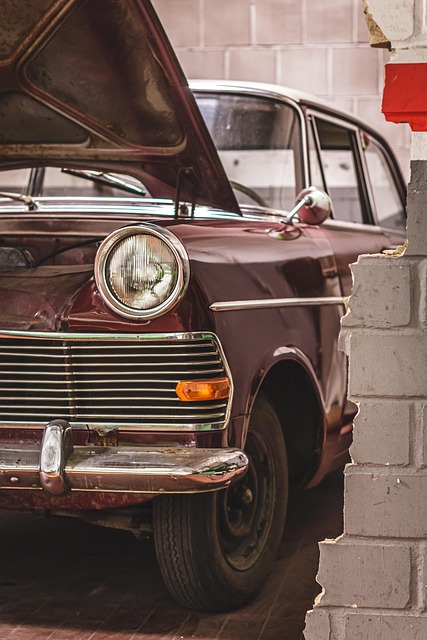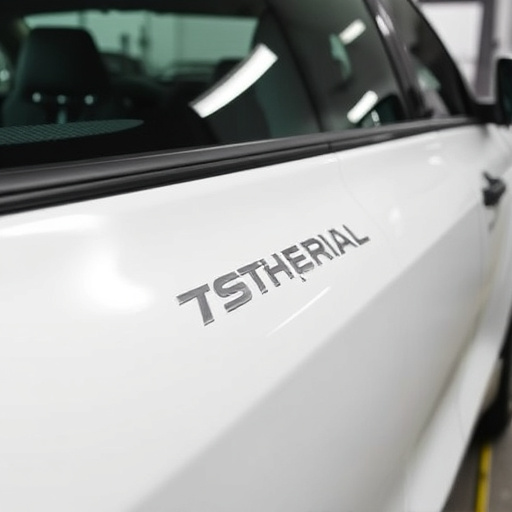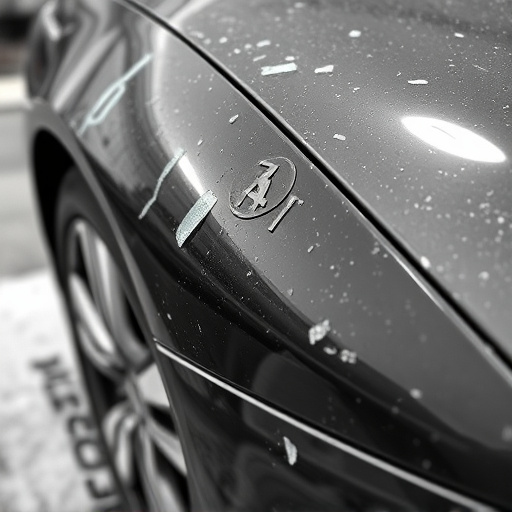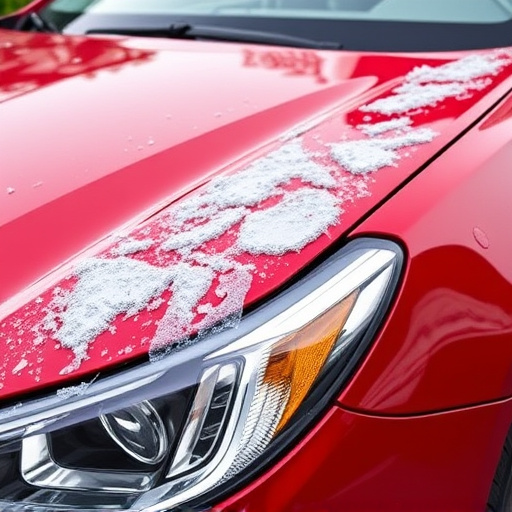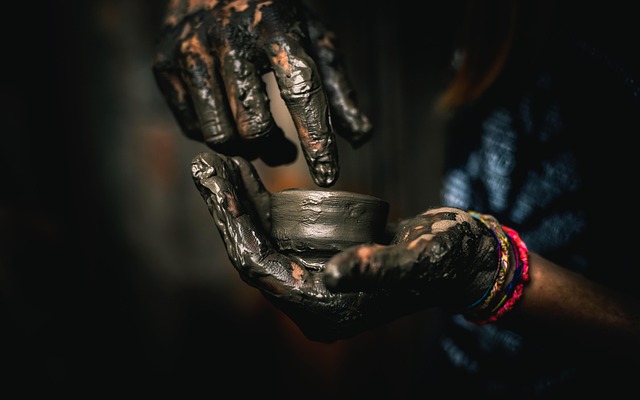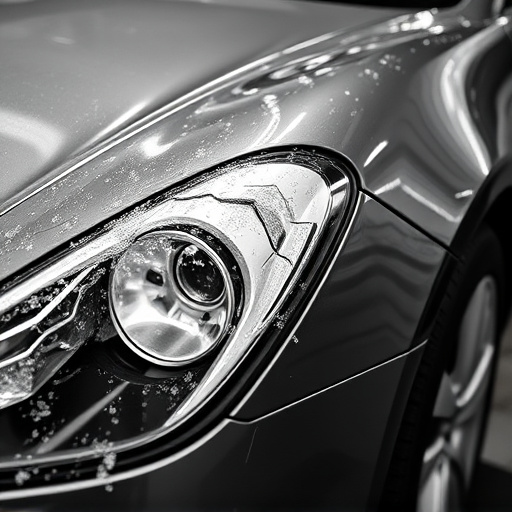Visually inspect for damage like cracks, leaks, and dents affecting structural integrity and temperature control. Check for fluid leaks, fan/thermostat malfunctions, overheating, and unusual noises. Gather specific tools and parts for your car model, including coolants and specialized components. Follow a structured process: visually assess, responsibly evacuate fluids, separate parts, replace faulty components with compatible ones, and thoroughly test the system before finalizing repairs.
Discover how to tackle cooling system accident damage with this comprehensive guide. Learn a systematic approach to assess the extent of the harm, gather the right tools and parts, then follow step-by-step instructions for successful repair. From identifying leaks to replacing faulty components, this guide equips you with the knowledge to mitigate cooling system issues effectively.
Assess Cooling System Accident Damage
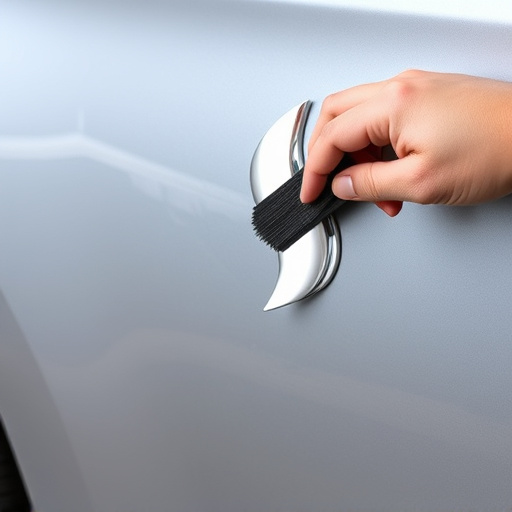
When assessing cooling system accident damage, start by inspecting visible signs like cracks, leaks, or dents. These can indicate structural integrity issues that might compromise the system’s ability to regulate temperature effectively. Look for any signs of fluid leaks from radiators, condensers, or hoses, as these could point to more serious internal damage.
Next, check for functional abnormalities. This includes testing the fan and thermostat to ensure they operate correctly. Observe if the engine overheats during operation and listen for unusual noises coming from the cooling system components. Remember that even seemingly minor scratches on external parts can lead to bigger problems, so a thorough automotive repair might be necessary. In case of severe damage, auto glass replacement could also be part of the solution, depending on where the impact occurred.
Gather Necessary Tools and Parts
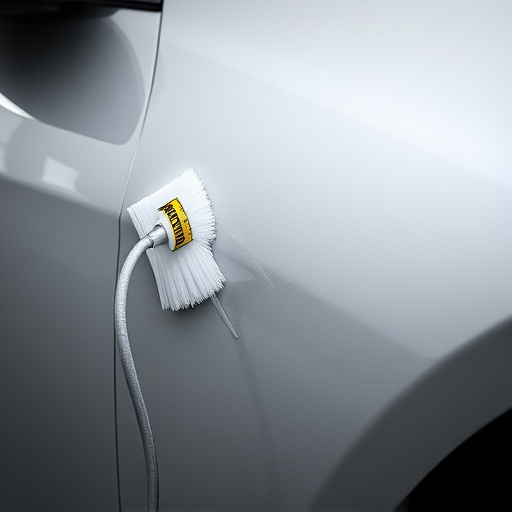
Before beginning any cooling system accident damage repair, it’s crucial to gather all necessary tools and parts specific to Mercedes Benz or your car model. This includes a variety of mechanical tools like wrenches, sockets, and pliers, as well as specialized components such as radiator hoses, thermostats, and coolants suitable for your vehicle make and model. For severe hail damage repair, you might require additional gear like a welding machine or sandpaper to reshape bent parts.
Ensure everything is in good working condition; faulty tools can lead to further complications during car body repair. Double-check that your workspace is well-lit and organized to facilitate precise and efficient repairs. This meticulous preparation will not only streamline the process but also contribute to ensuring optimal performance of the cooling system once the hail damage repair or other necessary fixes are complete.
Step-by-Step Repair Process
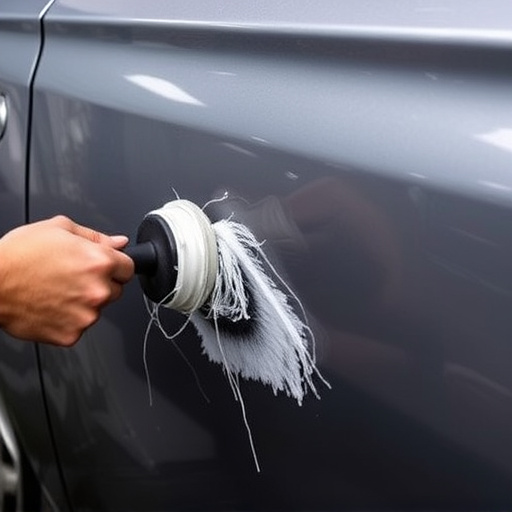
When faced with cooling system accident damage, a systematic approach is key to ensuring your vehicle’s safety and performance. Here’s a step-by-step guide for repairing this critical component, especially relevant in the event of dent repair or classic car restoration efforts.
Start by thoroughly inspecting the cooling system for any visible signs of damage, including dents, cracks, or leaks. This initial assessment helps pinpoint the extent of the issue. Next, evacuate any residual fluid carefully and dispose of it according to local regulations. Then, separate the damaged parts from the intact ones, ensuring proper handling to avoid further complications. For complex cases, especially in classic car restoration scenarios, seeking guidance from a professional mechanic might be beneficial to navigate intricate components like radiators or water pumps. After identifying the faulty parts, obtain suitable replacements, keeping in mind compatibility with your vehicle’s make and model. Finally, proceed with careful installation, following manufacturer guidelines, and test the system for any leaks or performance issues before reopening the vehicle.
Reparing a cooling system after an accident is a crucial step in ensuring your vehicle’s longevity. By following these meticulous steps, from assessing damage to gathering tools and performing the repair, you can effectively navigate the process. Remember, addressing cooling system accident damage promptly is key to preventing further complications and keeping your ride running smoothly.
